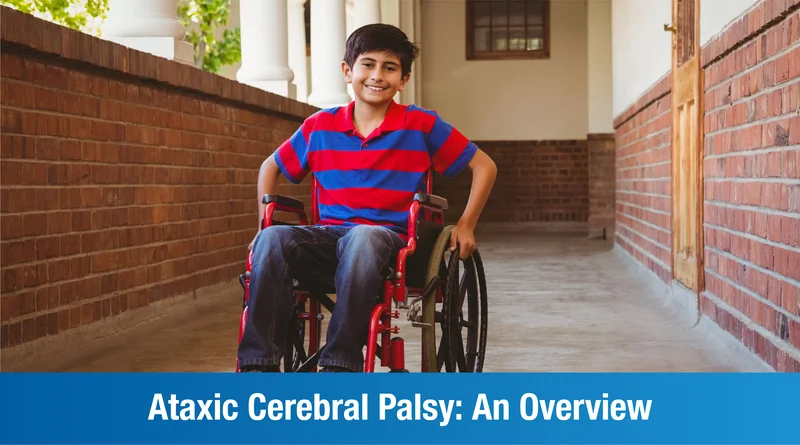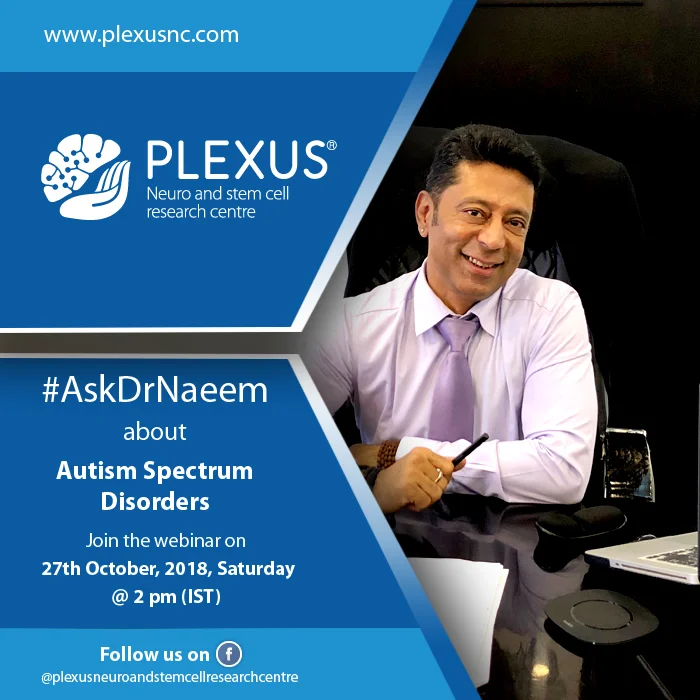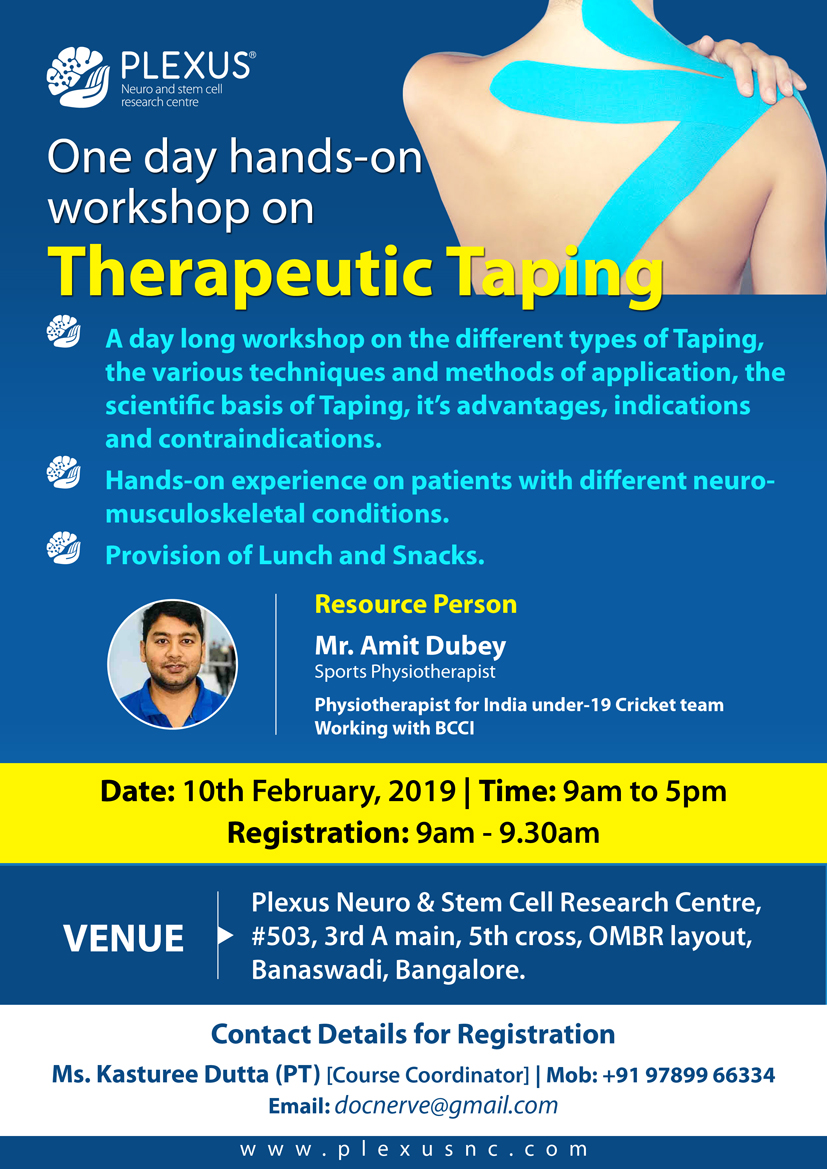
Among the various subtypes of cerebral palsy, Ataxic Cerebral Palsy is one of the less common, but distinct forms. Children with ataxic cerebral palsy struggle with a characteristic lack of coordination and balance, as well as problems with speech and motor skills. In this blog, we will explore ataxic cerebral palsy in detail, covering its symptoms, causes, management strategies, as well as the role of stem cell therapy, physiotherapy, and speech and language therapy in managing this condition.
Understanding ataxic cerebral palsy
Cerebral palsy (CP) is a non-progressive neurological condition that affects voluntary movement, muscle coordination, and posture.
Ataxic cerebral palsy is a subtype of CP, which refers to a group of neurological disorders that affect movement, muscle tone, coordination, and motor skills caused by damage or abnormalities in the developing brain. It typically occurs due to injury or infection before, during, or shortly after birth.
Around 2.4% of CP cases are ataxic cerebral palsy. The word ‘ataxia’ is a Greek word that means ‘lack of order or coordination’. Children with ataxic cerebral palsy, therefore, experience problems with balance, gait, and coordination, most visibly in the arms and legs. The condition is long term, but treatment helps in improving control over movements and completing daily tasks more effectively.
Symptoms of ataxic cerebral palsy
Ataxic cerebral palsy tends to manifest first as hypotonia (lack of muscle tone) in the first six months to one year after birth. Children of this age may have unusually floppy limbs, which may improve as the child grows older but never reach fully normal levels. As they grow older, symptoms may manifest as delays in hitting developmental milestones such as rolling over, sitting up, standing, and walking. Common ataxic cerebral palsy symptoms to watch out for include:
- Unbalanced, jerky gait
- Walking with legs unusually far apart
- Poor balance
- Trouble bringing hands together
- Difficulty with fine motor skills like writing
- ‘Intention’ tremors that kick in when attempting to reach out or perform a specific task
- Difficulty with visual depth perception
- Shakiness and tremors
- Slow eye movements
- Speech difficulties like scanning (speaking in a monotone and abnormal rhythm)
- Difficulty chewing and swallowing
- Impaired eye movement and control
- Cognitive delays
- Seizures (in some cases)
Causes of ataxic cerebral palsy
Ataxic cerebral palsy occurs due to damage to the cerebellum at, before, or shortly after birth. The cerebellum is responsible for balance and coordination as well as posture and communication, and fine-tunes movement commands for the rest of the body. When the cerebellum is damaged, motor signals cannot be relayed properly to the central nervous system and movement disorders ensue. Damage can occur due to:
- Head trauma at the time of or shortly after being born
- Maternal infections during pregnancy
- Genetic conditions
- Loss of oxygen to the brain of the fetus
- Perinatal asphyxia
- Fetal stroke, which can occur due to high blood pressure in the mother
- Placental infections
- Injuries due to negligence during the birthing process
- Being shaken as a baby
- Low birth weight
- Multiple births (such as twins and triplets)
NoteL If the parent can prove that the ataxic cerebral palsy is due to negligence or malpractice on the part of the healthcare provider, they can potentially seek compensation in court.
Diagnosing ataxic cerebral palsy
There is no specific diagnostic test for ataxic cerebral palsy. In the case of premature birth or other prenatal / postnatal conditions that are known risks for CP, doctors may monitor them from an early age for signs.
If a child has been exhibiting symptoms, it is important to get a checkup immediately. The doctor will assess their abilities in the clinic setting, including muscle tone, reflexes, movements, and overall growth, and may run some general tests before recommending the patient to a specialist. The specialist will conduct a more detailed neurological test along with:
- Magnetic Resonance Imaging (MRI) scan
- Computed Tomography (CT) scan
- Electromyography (EMG)
- Electroencephalography (EEG)
The above tests check for signs of brain and/or muscle damage, and also help eliminate other conditions that may exhibit similar symptoms. Some specialists may recommend speech, hearing, and vision tests, as well as a visit to an orthopedic doctor for a more detailed examination of the child’s movements and reflexes.
Overall, most cases of ataxic cerebral palsy can be diagnosed within the first two years of life. It may sometimes take a while to confirm the diagnosis, though, so parents should be patient and not panic.
Treatment for ataxic cerebral palsy at Plexus
There are several treatment options the doctor can recommend based on the child’s symptoms. Treatment focuses on improving bodily coordination and improving the child’s proficiency at daily tasks. At Plexus, we offer customized regenerative rehabilitation programs for cerebral palsy that comprise a combination of:
Stem cell therapy for ataxic cerebral palsy
This is a revolutionary new treatment in which the patient’s own stem cells are used to grow healthy new cells and potentially reverse the brain damage that is caused by ataxic cerebral palsy. Stem cell therapy for ataxic cerebral palsy aims to improve coordination, balance, and fine motor skills. It also improves mobility and independence, allowing little children to better navigate their daily lives.
Physical therapy for ataxic cerebral palsy
This is among the most important components of ataxic cerebral palsy treatment. Physiotherapists will work with the child’s individual limitations and design personalized exercise programs that aim at improving muscle strength, flexibility, coordination, balance, as well as increasing overall mobility. Some of the most common physiotherapy techniques prescribed by our physiotherapists include:
- Balance training, such as standing on one leg, walking on uneven surfaces, etc.
- Hand-eye coordination drills, such as catching and throwing
- Gait training with walking patterns to support independent and efficient movement
- Strength training focusing on the muscles needed for walking, maintaining balance/posture, and standing
- Stretching and range of motion exercises to alleviate joint stiffness and muscle tightness
Speech therapy for ataxic cerebral palsy
Low muscle tone can impair the child’s ability to speak and swallow correctly. Some of the most common speech characteristics of ataxic cerebral palsy include:
- Dysarthria (slurred or imprecise speech)
- Poor articulation
- Voice modulation challenges
- Rate control (inability to control the speed of speech)
At Plexus, our speech and language pathologists (SLPs) can teach safe swallowing techniques and help children with proper articulation. Below are some of the commonly used speech therapy techniques at Plexus:
- Fluency exercises
- Voice therapy
- Articulation drills
- Augmentative and Alternative Communication (AAC) systems, such as communication boards, and speech-generating devices
Our SLPs help children with ataxic cerebral palsy use appropriate non-verbal cues, and practice social interactions, by modeling turn-taking in conversations.
Occupational therapy for ataxic cerebral palsy
This focuses on helping children perform daily tasks like eating and getting dressed, while also improving their hand-eye coordination. Therapists will use a variety of exercises and games to accomplish this. Occupational Therapy can also help improve cognitive ability and depth perception, allowing children to be more effective at their schoolwork and in social environments. Occupational therapy can take place at the therapist’s office, at home, or at the child’s school as part of their routine.
Massage therapy
This can help to ease muscle hypotonia and improve circulation around any bone/joint injuries. This may include electrical stimulation or the application of heat to ease pain.
Assistive devices
Most children with ataxic cerebral palsy will have trouble walking as they grow older. Devices like leg braces, walkers, or wheelchairs can enhance mobility. Therapists will work with children to show them how to use these devices safely without injuring or chafing themselves.
Diet
Healthcare teams will often recommend special nutrition to encourage growth and fitness in a child with ataxic cerebral palsy. In general, a diet rich in fruits, vegetables, whole grains, and lean protein is ideal.
Medication
Certain medicines may be prescribed (depending on the severity of symptoms) to ease muscle stiffness or floppiness, as well as to treat any co-occurring conditions like epilepsy, Attention Deficit Hyperactivity Disorder (ADHD), or incontinence.
Parents and caregivers will need to help their child perform the exercises at home and ensure that the living space is adjusted as needed for the child’s safety. For instance, as children navigate poor coordination and unsteady gait, it might be a good idea to pad the floors with carpeting and cushion any hard edges on furniture so that the child doesn’t hurt themselves even if they fall.
FAQs
Does cerebral palsy affect intelligence?
No, cerebral palsy does not affect intelligence. The condition affects posture, movement, coordination, muscle strength and control, reflexes, and balance. It does not impact a person’s intelligence.
Ataxic cerebral palsy affects what part of the brain?
Ataxic cerebral palsy affects the cerebellum, the balance and movement center of the brain.
What are 3 early signs of cerebral palsy?
Abnormal muscle tone, abnormal posture, and developmental delays are the three early signs of cerebral palsy.
What causes ataxic cerebral palsy?
Ataxic cerebral palsy is caused by traumatic brain damage that takes place during pregnancy (in-utero), during childbirth, or even later in life.










